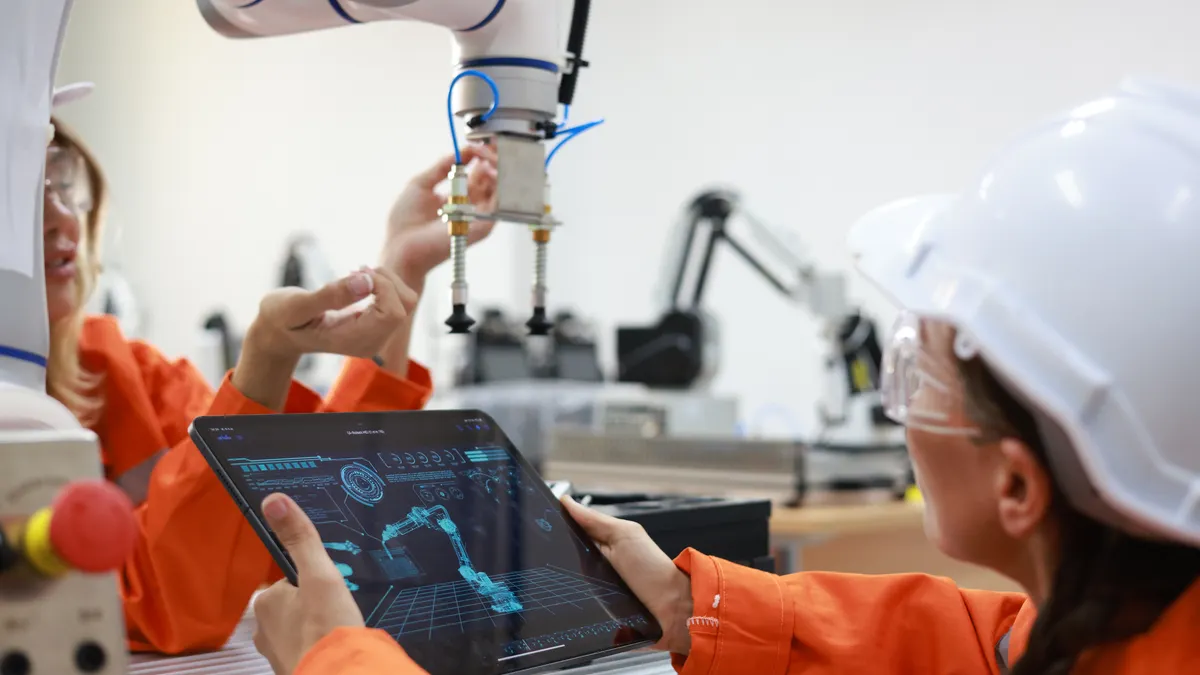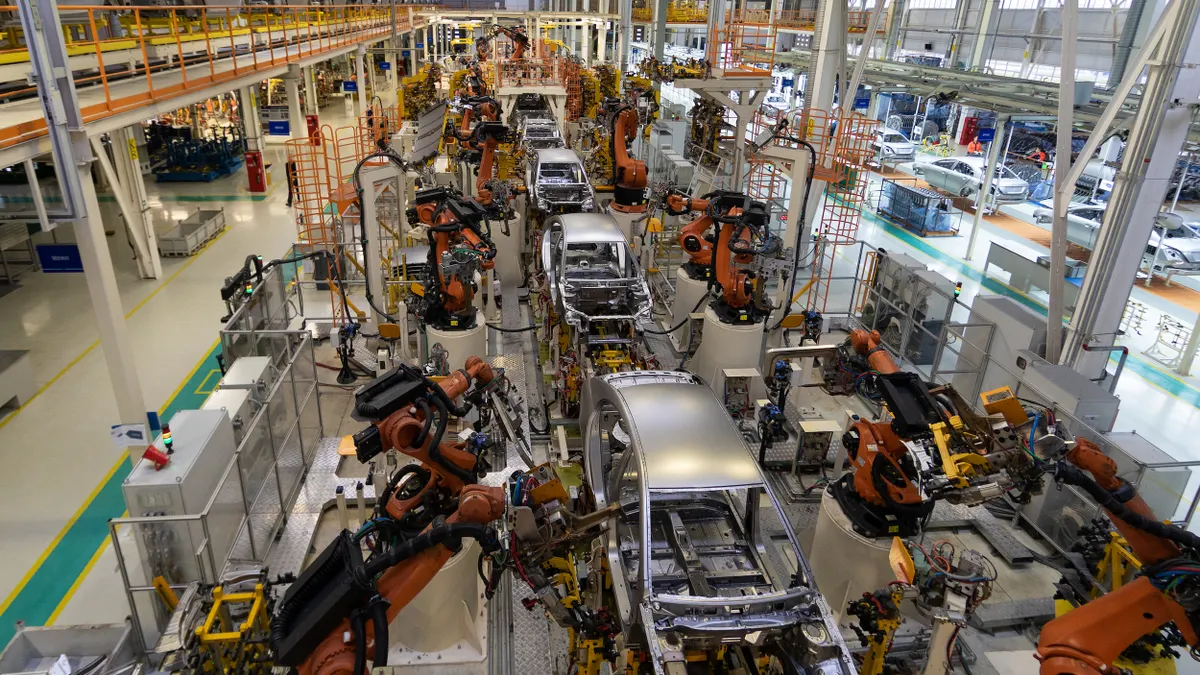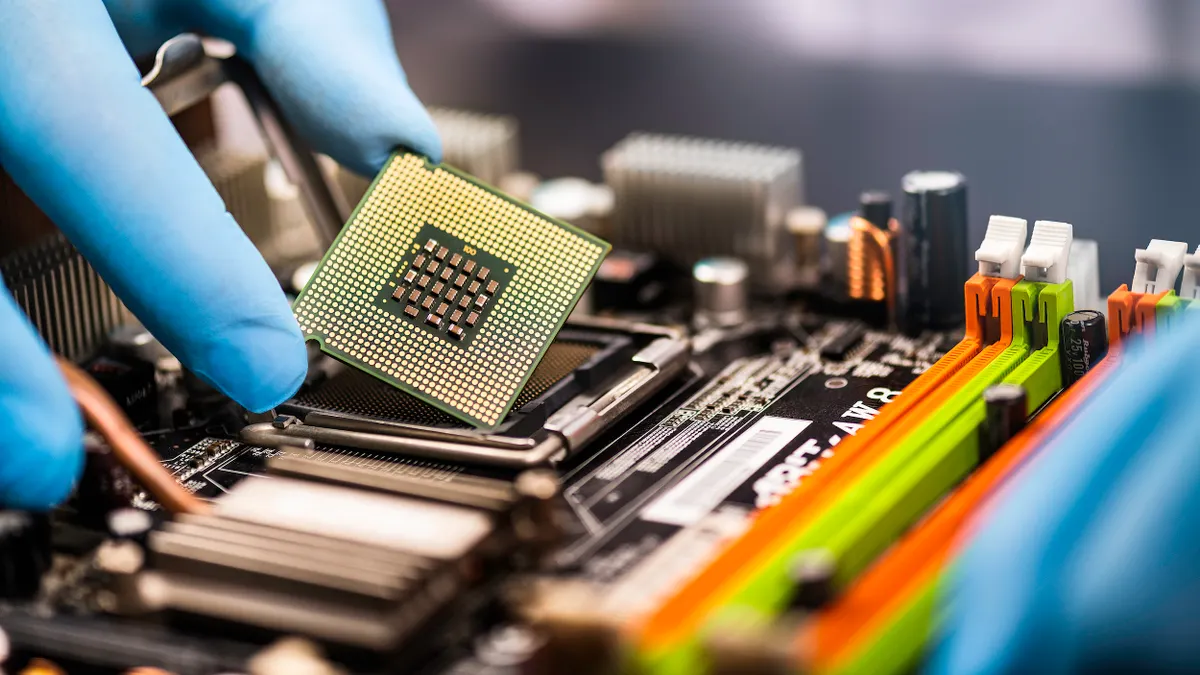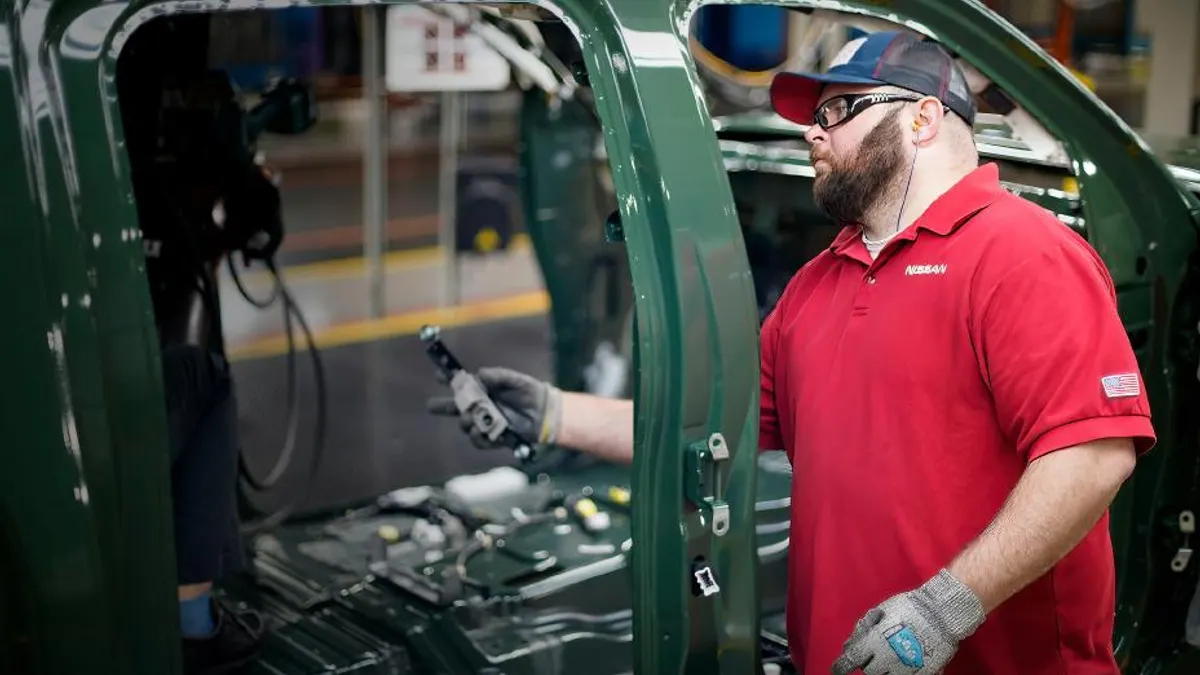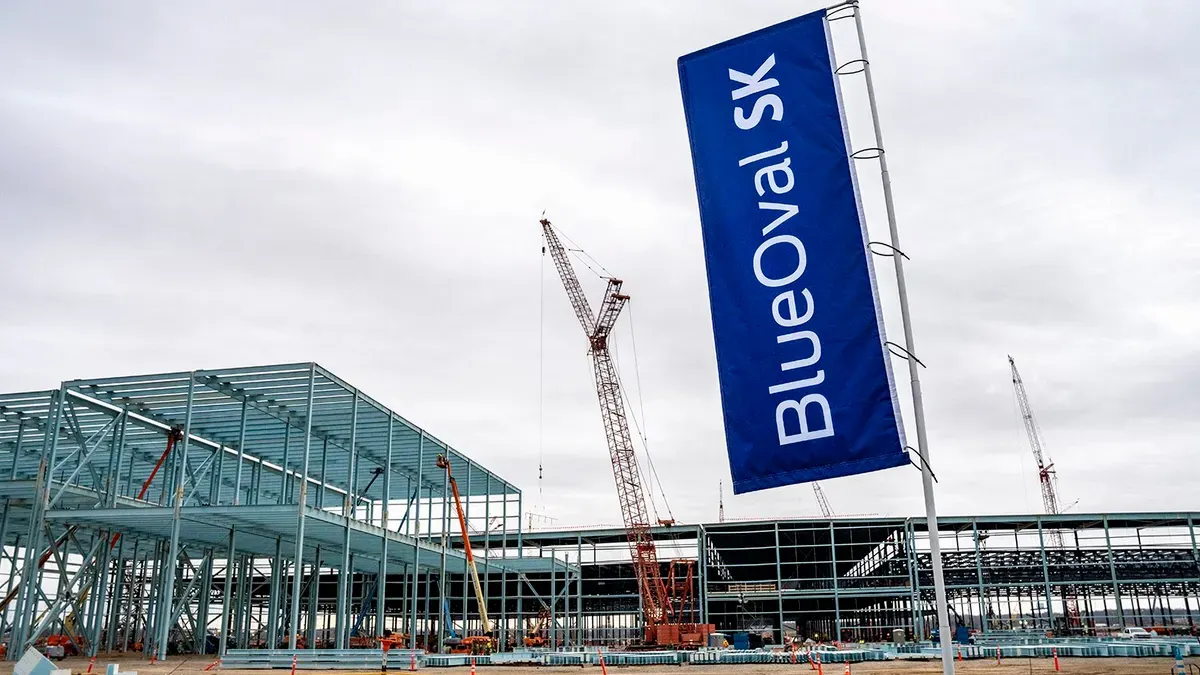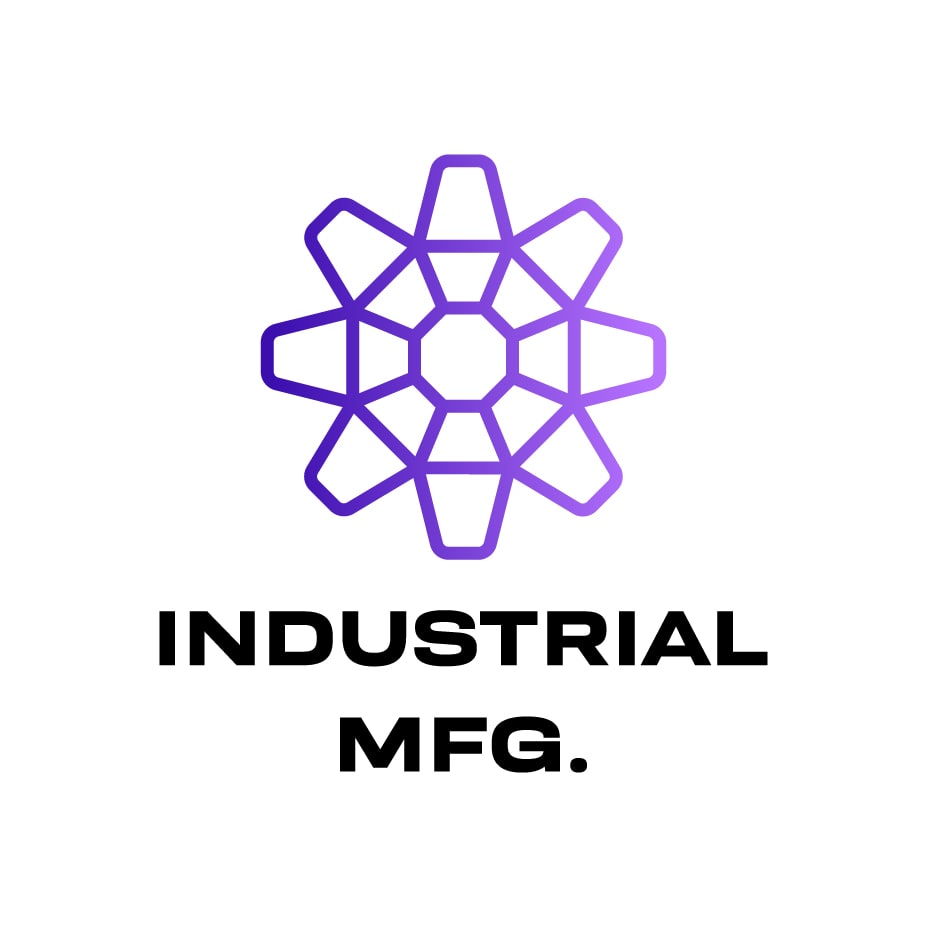Jan Burian is an industry analyst and global manufacturing and supply chain expert. Opinions are the author’s own.
The parallels are hard to ignore.
Just as COVID-19 sent shockwaves through global manufacturing — forcing companies to accelerate digital transformation and prioritize resilience — the current wave of tariffs is causing similar disruptions. Once again, manufacturers are being pushed to rethink cost structures, improve operational efficiency and safeguard long-term competitiveness.
During the pandemic, companies had no choice but to fast-track digital, data-driven operations. Even after the immediate crisis passed, many of those innovations became permanent fixtures. Now, amid rising tariffs and new trade barriers, manufacturers find themselves at another pivotal moment — navigating a landscape where agility is not just an advantage, but a necessity.
In an interconnected world, no manufacturer operates in isolation. While tariffs may offer short-term protection for U.S.-centric operations, few companies enjoy that luxury. Modern products — whether vehicles, electronics or industrial machinery — rely on deeply interwoven global supply chains.
Restructuring or reshoring these networks is costly, time-intensive and often impractical. And with little clarity on how long current tariff regimes will last, manufacturers face a prolonged period of uncertainty.
Reshoring isn’t a quick fix
For many, reshoring — bringing production back to U.S. soil — seems like the logical answer. But it’s a marathon, not a sprint. Factories can take years to stand up, depending on the industry. Semiconductor fabs, for example, can take three to four years to build, according to Intel. And that doesn’t include workforce training, which is critical for achieving high-quality, full-scale production. From groundbreaking to profitability, the journey could easily take five years or more.
While reshoring may align with national priorities and political rhetoric, questions remain: What kinds of jobs will be created? And can American-made products compete on price in global markets?
Digital transformation: a strategic imperative
Despite economic headwinds, digital investment is surging. Forrester predicts global tech spending will grow 5.6% in 2025, Gartner estimates spending on generative artificial intelligence will hit $644 billion, up 76% year-over-year and IDC forecasts AI will contribute $22.3 trillion to the global economy by 2030.
Tariffs may be one catalyst, but the broader shift is clear: smart, connected and resilient operations are the future of manufacturing. To stay competitive, companies must go beyond physical infrastructure and build strong digital cores.
So, what’s the path forward?
Tariffs have exposed just how vulnerable traditional supply chains are. Manufacturers can no longer rely solely on geographic relocation or cost-cutting. The next frontier is creative efficiency — rethinking how value is delivered from the inside out.
Yes, reshoring plays a role. But agility must begin internally, with how data, processes and people are orchestrated.
Modern manufacturing needs a lean operational core, supported by a connected digital backbone. A unified data ecosystem that integrates enterprise resource planning, manufacturing execution and product lifestyle management systems creates seamless visibility and control.
Stack on AI-powered supply chain control towers, and manufacturers gain real-time logistics insights across continents. And with the industrial metaverse and digital twins, production lines and entire plants can offer new levels of flexibility and risk mitigation.
The complexity of today’s global operations demands a smarter response. That’s where industrial AI comes in.
From predicting supply chain disruptions to optimizing energy usage, AI quickly turns overwhelming data into actionable insights. Tools like industrial co-pilots and AI agents amplify workforce productivity, automate routine decisions and accelerate execution.
Whether the current wave of tariffs sticks or fades, one thing is certain: the disruption is real. And it’s a wake-up call.
Digitization and automation are no longer just competitive edges, they’re survival strategies. Manufacturers that build smart, resilient, tech-enabled operations today will be ready for whatever tomorrow brings.
Because in the new era of global manufacturing, it’s not about being the biggest. It’s about being the fastest to adapt.


